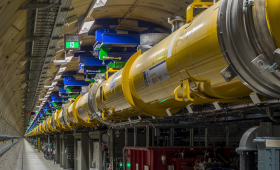In a recent study, published in Nature, an international team including LLNL researchers experimentally measured the structure of liquid carbon for the first time.
Science and Technology
in the News
Science and Technology
in the News
News Center
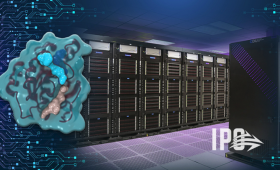
A new cancer drug candidate developed by LLNL and collaborators demonstrates the ability to block tumor growth without triggering a common and debilitating side effect.
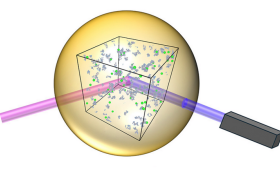
LLNL and collaborators have succeeded in describing warm dense matter much more accurately than before using a new computational method.
In a new study LLNL researchers and collaborators triggered a slow decomposition of a high explosive and measured the effects on the molecules within it.
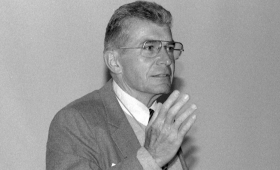
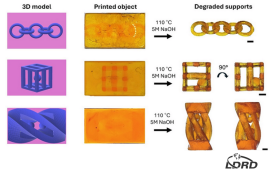
LLNL researchers develop a novel 3D printing technique that uses light to build complex structures, expanding possibilities in multi-material additive manufacturing.
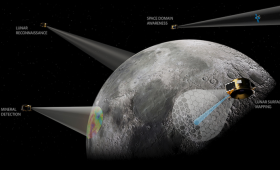
LLNL's state-of-the-art telescope system will be deployed onboard Firefly’s Elytra orbital vehicle to enable Firefly’s new Ocula imaging service.
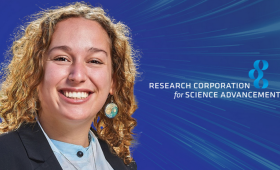
The Scialog: Automating Chemical Laboratories initiative has awarded LLNL scientist Johanna Schwartz $60,000 to pursue automated design of next-generation membranes for fuel cells.
LLNL flagship exascale machine El Capitan maintained its status as the fastest supercomputer on the planet — claiming the No. 1 spot on three of the most prestigious high-performance computing (HPC) rankings.
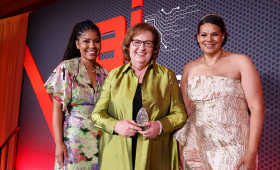
LLNL Deputy Director for Science and Technology Patricia Falcone was presented with the AI Honors in Public Science award at the inaugural AI Honors Gala on June 3 at the Waldorf Astoria Hotel in Washington, D.C.


